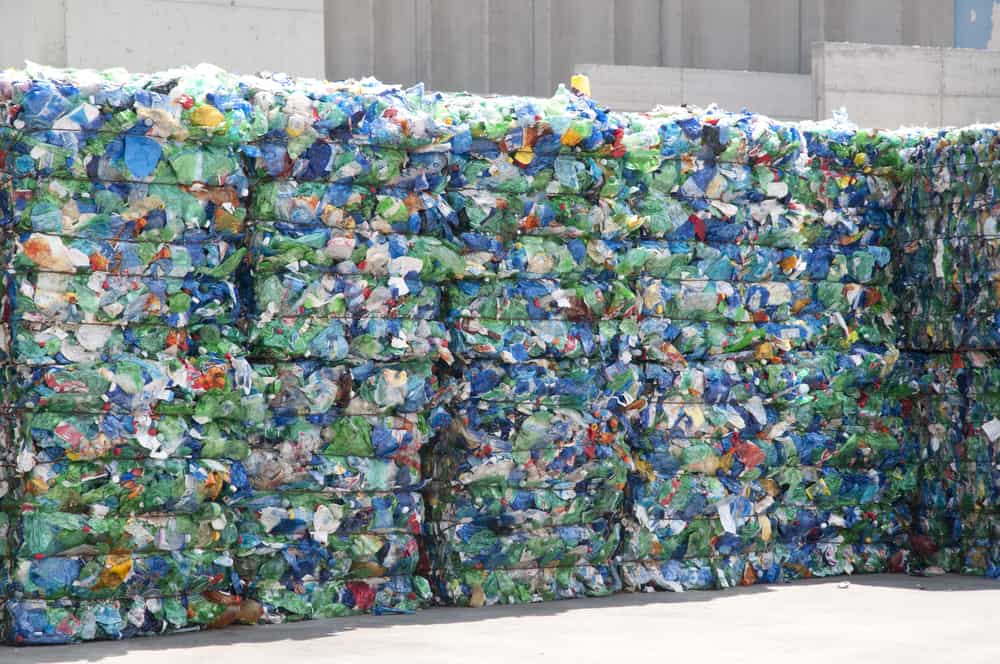Recycling Plastics: How the Basic Process Works
Recycling plastic waste is simple in principle. You collect it, reduce it, and process it into a usable form. Though simple in theory, recycling can be a bit more complex in practice. The key is understanding the plastic you are working with and how to best process it.

While we do not have the space to go into detail, we thought it might be interesting to explain the basic process we and most of our competitors follow. Perhaps understanding how easy it is to turn your waste into reusable material will motivate you to sell your scrap plastic to us.
1. Sorting
The first step is to go through and sort the plastic waste we collect. Note that we do not accept waste from households or individual consumers. We are a business-to-business (B2B) enterprise dealing in commercial plastics. With that said, we see all sorts of plastics move through our facilities:
Polystyrene (PS)
Polypropylene (PP)
Low density polyethylene (LDPE)
Polyvinyl chloride (PVC)
High density polyethylene (HDPE)
Polyethylene terephthalate (PET).
Plastics have to be sorted for the simple reason that we cannot mix them during processing. Just a little bit of the wrong kind of plastic could make an entire load completely unusable.
2. Reduction
After plastics are sorted by type, they are then reduced in size. This can be accomplished through any number of processes including chopping, shredding, and grinding. The exact reduction process is often determined by the size and type of the waste we are dealing with. Some plastics go through multiple processes to reduce them as much as possible.
3. Washing
The reduction process both generates and attracts impurities. Those impurities cannot be allowed into the next step of the process, so reduced material must be washed. The material is run through a series of washes to remove debris, dirt, solvents, chemicals, and so forth. We want only clean product making it to the next step.
4. Melting
Clean material is then put into a furnace of sorts for melting. This allows us to remix the plastic into a consistent material for further processing. Melting also serves to remove any fine impurities that managed to escape washing. As for melting temperature, that depends on the plastic we are working with. Some plastics have a lower melting point than others.
5. Pelletizing
Finally, the melted plastic is turned into pellets utilizing a process very similar to injection molding. The pellets are what we sell to customers looking to make new plastic products. Pellets are the chosen form because they are cheap and easy to manufacture, very easy to ship, and well-suited for new plastic production.
Who do we sell pellets too? Manufacturers specializing in plastic products. Take a company that manufactures via injection molding. Pellets are perfect for such applications.
Injection molding is a manufacturing process involving liquefied plastic and steel molds. The manufacturer feeds plastic pellets into an oven to melt them. The melted plastic is then injected into a steel mold under pressure. Within seconds, it cools and hardens. The finished part is then ejected with a blast of air.
What we have described here should give you a basic understanding of the process through which plastics are recycled. Things can get a little more complicated with certain types of plastics, but this is pretty much how we do it.
If you have scrap plastic to sell, we might be willing to acquire it. We operate in seven states running from Ohio and south to Arkansas. We would be happy to discuss the possibility of acquiring your plastic waste.